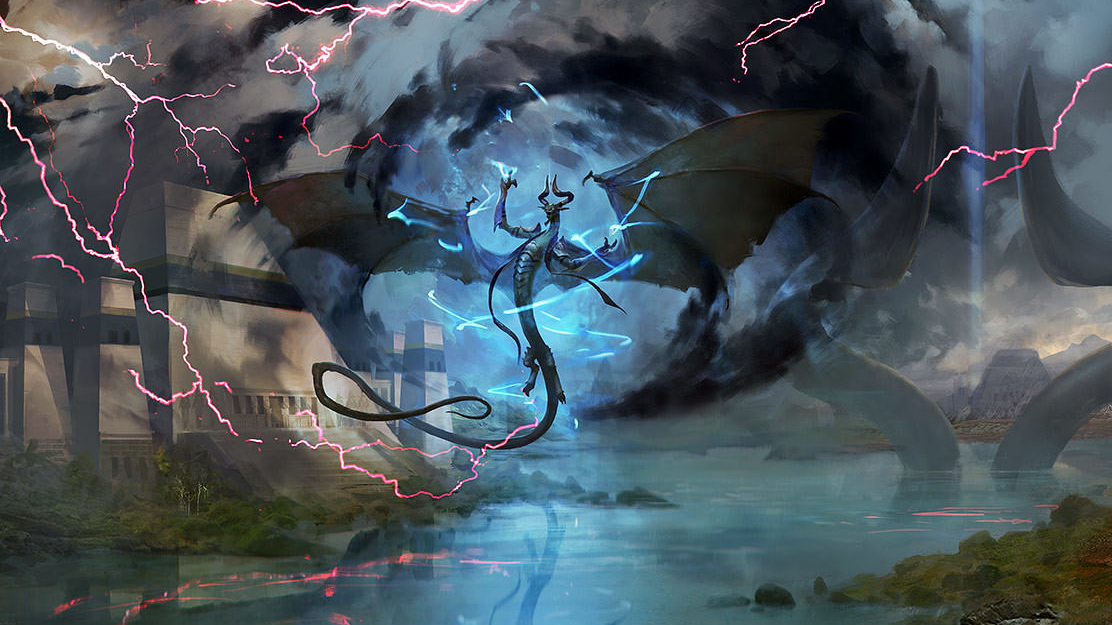
Last week I wrote about my philosophy behind cheap spells in Commander Cube, so this week I thought I’d write a companion piece covering the other end of the spectrum, expensive spells.
For the most part, the purpose of expensive spells is to end the game, and really, the thing I want to focus on here is my philosophy regarding when and how the game should end and how the cube designer can influence that.
Previously, I discussed how the cheap spells are chosen to prolong the game, rather than to end it–efficient interaction and cheap creatures that play well in long games. My cube has done a great job of leading to long games a vast majority of the time, such that, if anything, I’d be slightly concerned about games dragging on too long. My goal is for games to go long enough that everyone has gotten to try to do their thing, whatever that is, but not so long that players are getting bored or exhausted or a player has had time to run away with the game such that other players don’t feel competitive, but that player can’t end it.
If everyone has life gain, cards that recycle their graveyard, and interaction and there are no strong threats, games can last more or less indefinitely. At a certain point that becomes a problem, so my cube has cards that are intended to close out the game.
The primary philosophy behind what those cards should look like is that they should require setup. I don’t want fast combos or cards that can win out of nowhere. I want the context of the board to matter as often as possible.
Powerful Spells from All Colors
Insurrection is a good example. I don’t love how swingy it is and that it can kind of end a game out of nowhere, but at least it requires roughly that total power in play equals or exceeds total life among your opponents, which won’t be the case for large portions of the game. Another nice thing about Insurrection is that there’s counterplay – if you have a sac outlet, you can turn it into merely killing all your creatures instead of using your creatures to kill you, which is something you should be able to recover from. Also, something like Teferi’s Protection can foil their plans. Even Congregate might give you enough life to shrug off the attack
Red happens to be great at this kind of thing, and Vicious Shadows is another good example that requires a similarly elaborate setup but can immediately kill a table. Where Insurrection punishes people who play too many creatures, Vicious Shadows punishes people who draw too many cards. I like that either of those can be punished.
The best black cards to end the game were Syr Konrad and Dreadhound, but they were so good at it that they were the cards that ended too many games, and that made games too repetitive and those specific cards too strong, but Blood Artist and Zulaport Cutthroat can still do a similar job. The best black finisher might be Thrilling Encore.
I’ve considered cutting Thrilling Encore for being too swingy/good at what it does but ultimately decided it’s just the right kind of card to end a game – you need a lot of creatures to be in play, then a sweeper (that kills, not exiles) to happen while you have five mana available, and if all of that comes together, I think it’s a reasonably satisfying conclusion.
Blue isn’t great at ending the game – Rite of Replication and Elminster’s Simulacrum are about as close as it gets, but that seems appropriate.
White typically wins through combat helped out by cards like Legion Loyalty or Cathar’s Crusade, but combining Teferi’s Protection with Cataclysm or Balance is almost always going to end the game more or less on the spot – that particular thing is a little too close to a two card combo for comfort, but so far it’s been ok, and if you try to do it too early it doesn’t win the game.
Green is another color that’s usually winning through combat, often aided by something like Beastmaster Ascension. Most of Green’s cards just let you do more stuff, but again, that’s appropriate.
Not all expensive cards try to end the game of course, so let’s talk about what other things are worth it and why you might want to draft/play those cards over a card that wins.
Why Pick Expensive Cards?
Expensive cards are big effects – usually cards with the potential to generate huge amounts of card advantage. That might come from destroying more of your opponents' cards, drawing a lot of cards, or in the case of Decree of Pain, maybe both. The reason you might prefer an expensive card that generates card advantage rather than one that wins the game is that, as mentioned, the cards that end the game require context and setup, whereas drawing cards is going to be productive in a way that’s more agnostic of the game state – sometimes you pass with eight mana and an Insurrection and do nothing because the Insurrection wouldn’t help at that moment. If you have a big creature, card draw spell, or productive enchantment, there’s no real wrong time to play it – I mean, sometimes you’d rather hold it because you think you’re playing into a removal spell or something, but at least you know that it allows you to make forward motion if you want to.
Sometimes, you need a big defensive effect rather than a big aggressive effect – you’re not in a position to win the game, but you’re getting into a position to lose the game. The card you’re looking for here is usually some kind of sweeper.
Then there are big creatures. Creatures are great because they can attack and block, meaning they have to play both aggressively and defensively, so they’re the most reliably productive way to plan to spend your mana. This makes them the backbone of most decks.
In the one on one games of Magic, most players are used to, if you’re going to spend a lot of mana on a creature, you’d like to get something out of it right away, because your opponent is usually going to answer it, and you don’t want to let them make an extremely mana positive exchange. In Commander, things are a bit different. You have more opponents who could kill your creatures, but trading cards with a single other player at the table is so bad (for you two, great for the other two players) that players don’t want to play very many cards that do that, and they want to use them sparingly. That means that big creatures are surprisingly likely to just stay in play until someone clears the board, which doesn’t happen all that often.
This means that cards like Emeria Shepherd and Etali, Primal Storm are a lot more likely to get to shine than they would be in one on one formats.
Despite that, most of the most expensive creatures in my cube do have abilities when they enter the battlefield or when you cast them – while creatures like Etali are better here, they’re still very slow, you have to wait for an entire turn cycle, which is a lot of game actions, so you often want your creatures to have a more immediate impact, which enters the battlefield abilities offer.
So, expensive cards can fill a lot of roles, and players can decide how much they want their expensive cards to have defensive, offensive, or versatile applications, and it’s good to offer a range of options there, does that mean any expensive card can be included in such a cube?
In general, expensive cards are safer than cheap cards, but there are still some that I avoid.
Old Gnawbone,Mana Reflection, and Boundless Realms are Green cards that I have in my box of cards I’ve considered but not included because I think all of them just offer too much mana to green decks and let them explode in a way that allows them to run away with the game if they have a bit of time, but doesn’t require any particularly specific situation, you can just ramp to them, cast, them, and then cast two to three times many cards as your opponents for the rest of the game.
Portal to Phyrexia is another card I was excited about because it’s such a strong effect, but after a single game with it, my play group decided that it warped the game too much – the whole game was about bouncing it, killing it, stealing it, copying it, etc – all the creatures died and whoever had it was winning. Since it’s an artifact, I think it just becomes roughly the highest pick in the cube for any deck and ruins a substantial portion of games where it shows up.
I also avoid all cards that control player’s turns or take extra turns (except for Timestream Navigator because it’s a creature, so there’s more counterplay). I think they’re generally too strong, but a card like Nexus of Fate or Time Stretch I think would be way too powerful.
Most expensive cards should be fine, but you want to use some discretion, and if you find a card warping too many games (another card that comes to mind that I cut, for this reason, is Tomb of Horrors Adventurer), just get rid of it. There are plenty of fun cards, so you should never be too attached to a card that causes a negative experience.




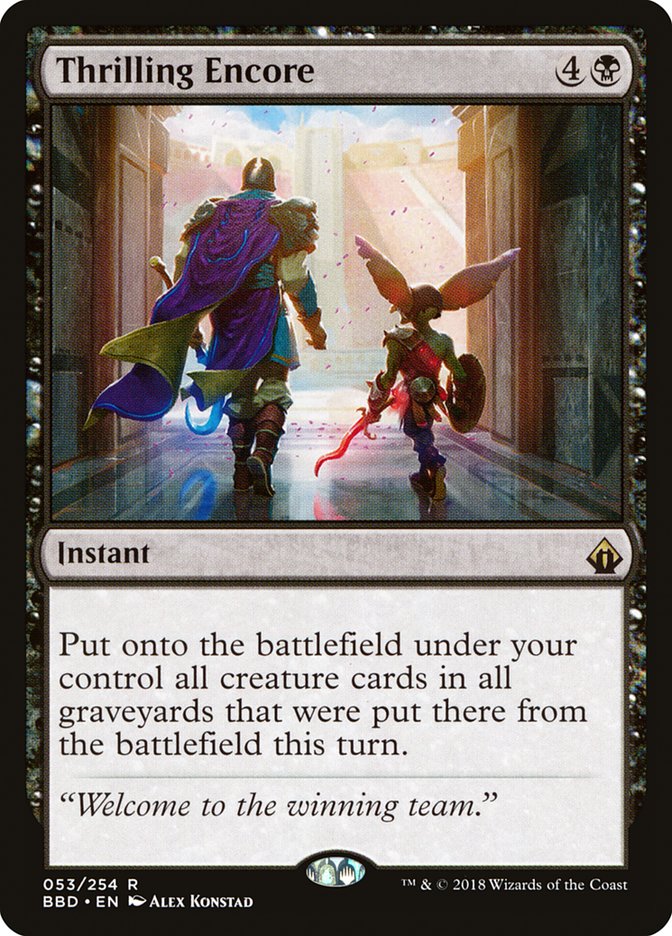
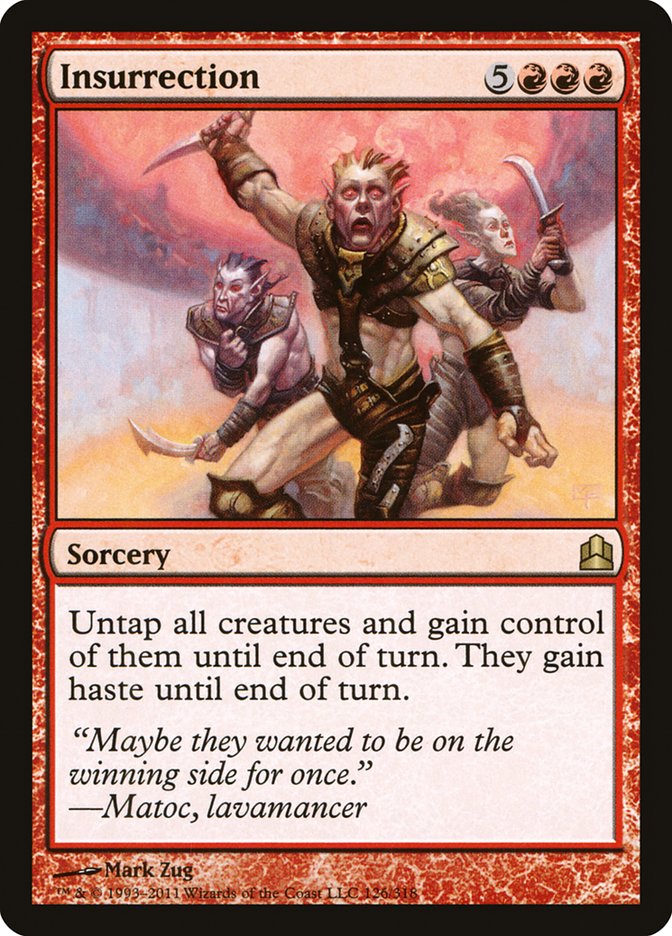
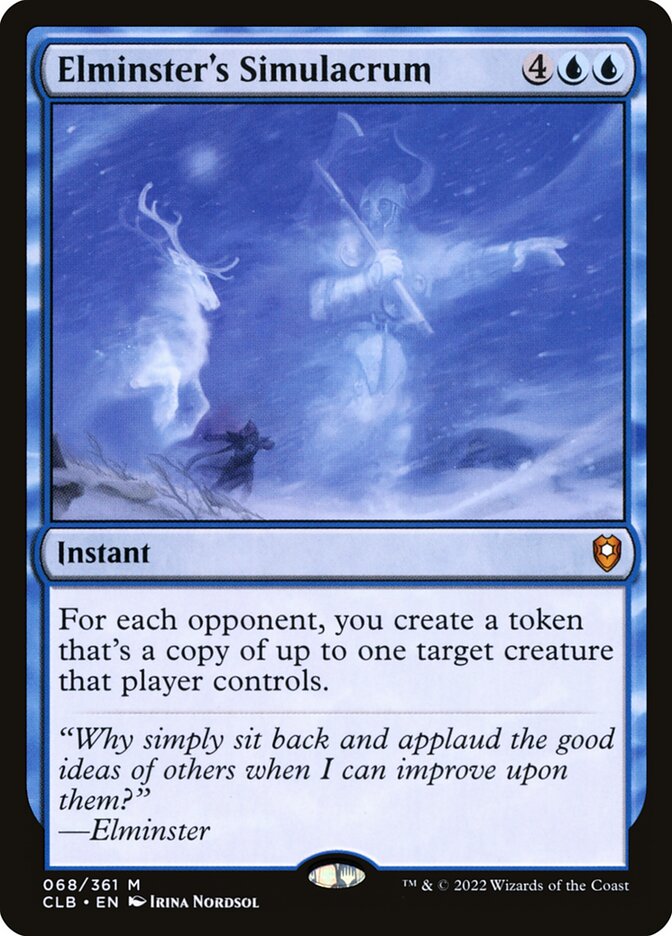
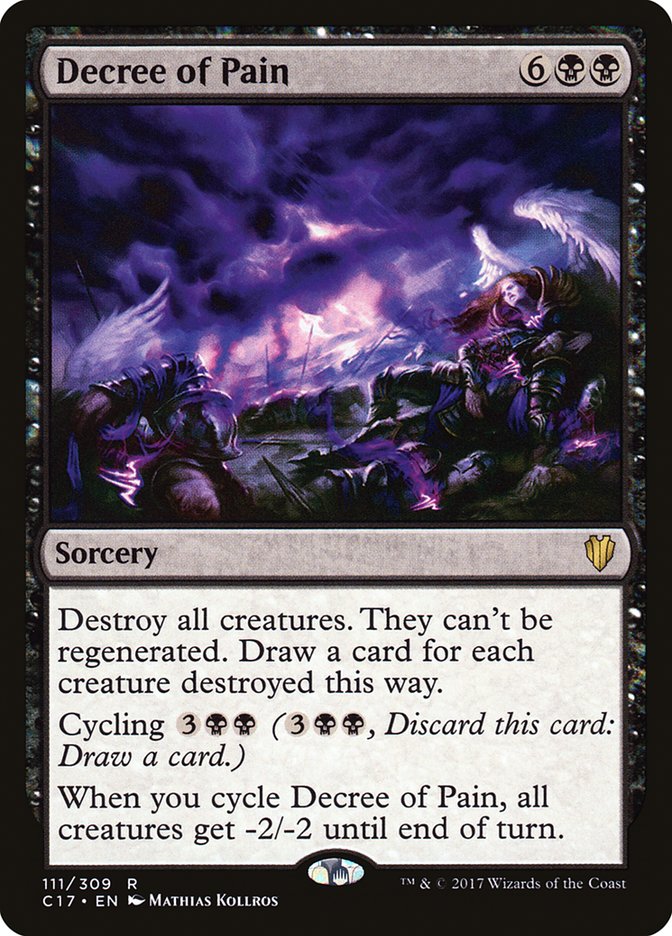

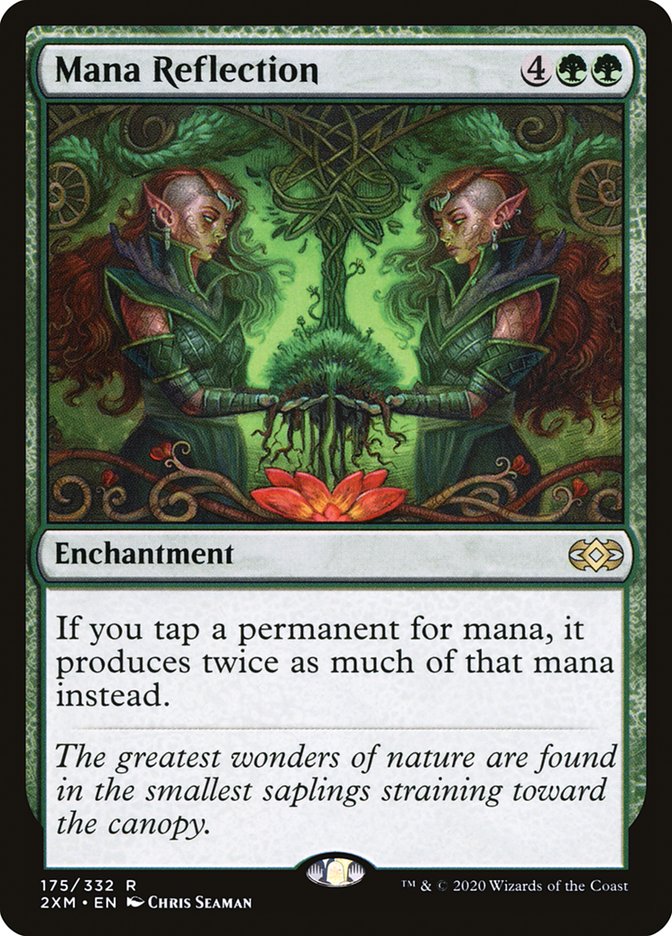
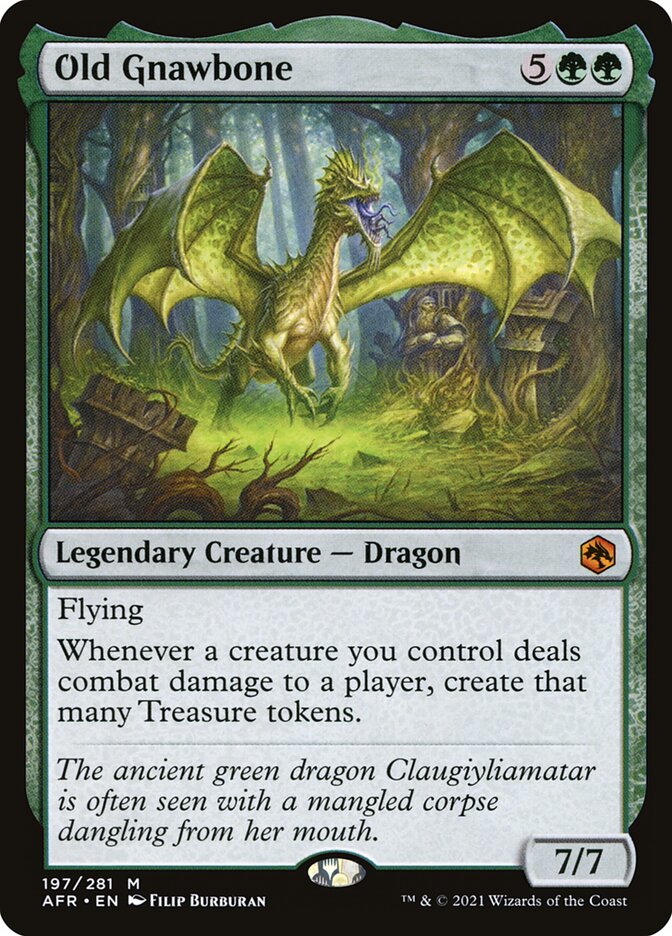
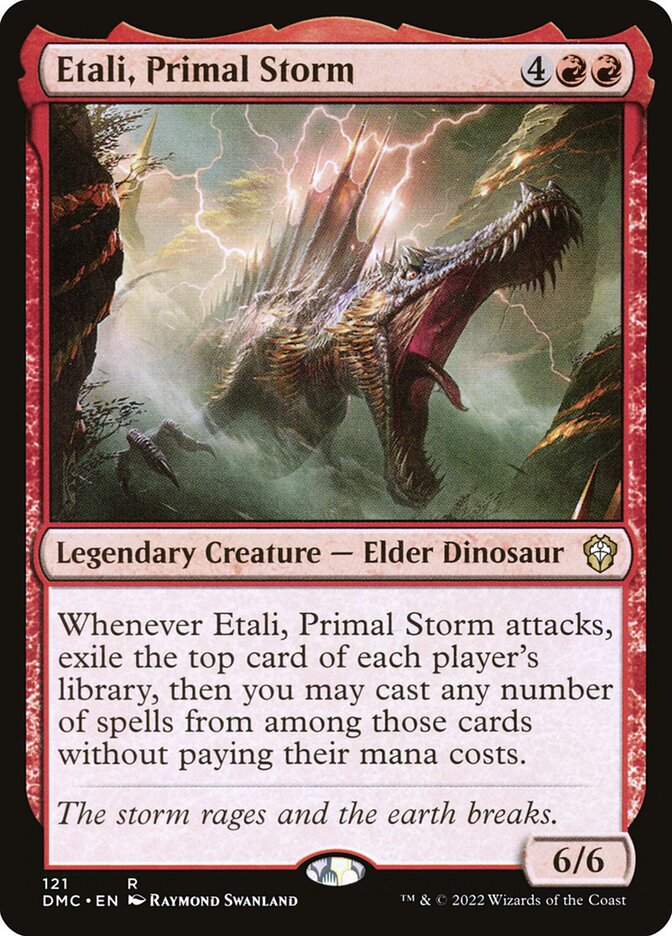
Comment
Join the conversation